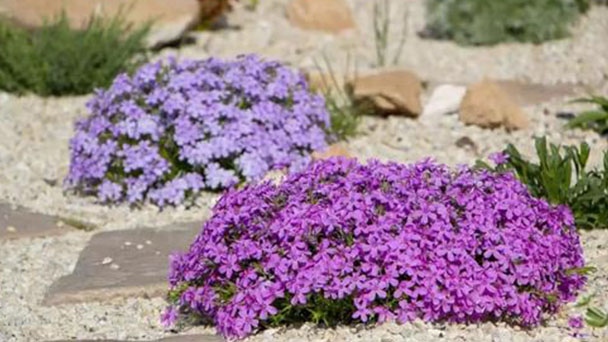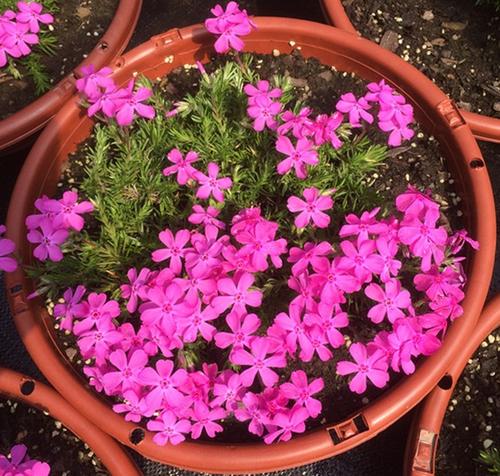How to propagate annual phlox
Written by Maggie
Jan 27 2021

The Annual Phlox has many flowers and is very dense. Lush flowers can cover the stems and leaves. The pink carpet is gorgeous and ornamental. It is an important material in the layout of felt beds and rock gardens. It can also be used for lawn edging and potting. How to propagate Annual Phlox? Let's look at the propagation methods of Annual Phlox.

Cutting propagation method of Annual Phlox
Annual Phlox is most suitable for cutting propagation after flowering. They usually choose the vigorous shoots of the current year and pruned branches after the flowering period to multiply. Specific cutting when to draw a ditch on the seedbed, the depth of about 2cm. Put the stem segments cut into 2.5-5.0cm in a group of three in the ditch, cover them with sand, let the cuttings and soil closely together, at the same time make sure the distance between the rows is about 5cm. At the time of cutting propagation of Annual Phlox, while inserted while spraying water, after inserted again permeable spraying. Make sure the cuttings are adequately hydrated at the beginning, and that the substrate is not too wet. Rooting usually begins about 10 days after insertion.
Division propagation method of Annual Phlox
In the early spring or fall of each year, the roots of the annual phlox will have tillers, then we can apply the division propagation method of Annual Phlox. At this time, they will be dug up together with the roots, and the mud around the roots will be removed. Using special tools, they will be divided into many individual plants. The soil is compacted after planting, mainly to prevent the roots from sticking out and dying when watered.
Layering propagation method of Annual Phlox
Because the basic part of Annual phlox is crawling, the lower branches with good growth can be selected to pile up soil and make strips without carving. After taking root, special scissors can be used to separate them from the parent and then plant them. In addition, you can also cut the creeping branches from the head out of the root system and cultivate them separately. The layering propagation method of Annual Phlox is also easier to survive.

Latest Updated
- Benefits of Bugleweed - 7 Science-backed Health Benefits
- Bugleweed Dangers & Side Effects - Is It Poisonous?
- How to Plant Evergreen Trees - What You Should Know
- When to Plant Evergreens - Grow Guide for Evergreen Trees
- 12 Wonderful Evergreen Shrubs for Your Garden
- 12 Popular Evergreen Plants with Pictures for Beginners
- When And How To Prune A Lilac Bush Like a Pro
- How to Grow & Care for Lilac Vine (Hardenbergia Violacea)
- Japanese Lilac Tree (Syringa Reticulata) Care & Propagation Guide
- Shumard Oak Pros and Cons - What to Know
Popular Articles
- Winter maintenance of Antirrhinum Majus
- How to Grow Terminalia Mantaly Tree
- How to Grow and Care for Crossostephium Chinense
- How to grow Antirrhinum Majus in spring
- Peristeria Elata (Dove Orchid) Profile: Info & Care Guide
- Underwatered Snake Plant (Sansevieria Trifasciata) - Signs And How To Fix
- How to Care for Brazilian Jasmine Plant (Mandevilla Sanderi)
- How to Grow & Care for Graptopetalum Purple Delight in Summer
- Rosa Chinensis (China Rose): Plant Growing & Care Tips
- How to Care for Baby Sun Rose (Aptenia Cordifolia)